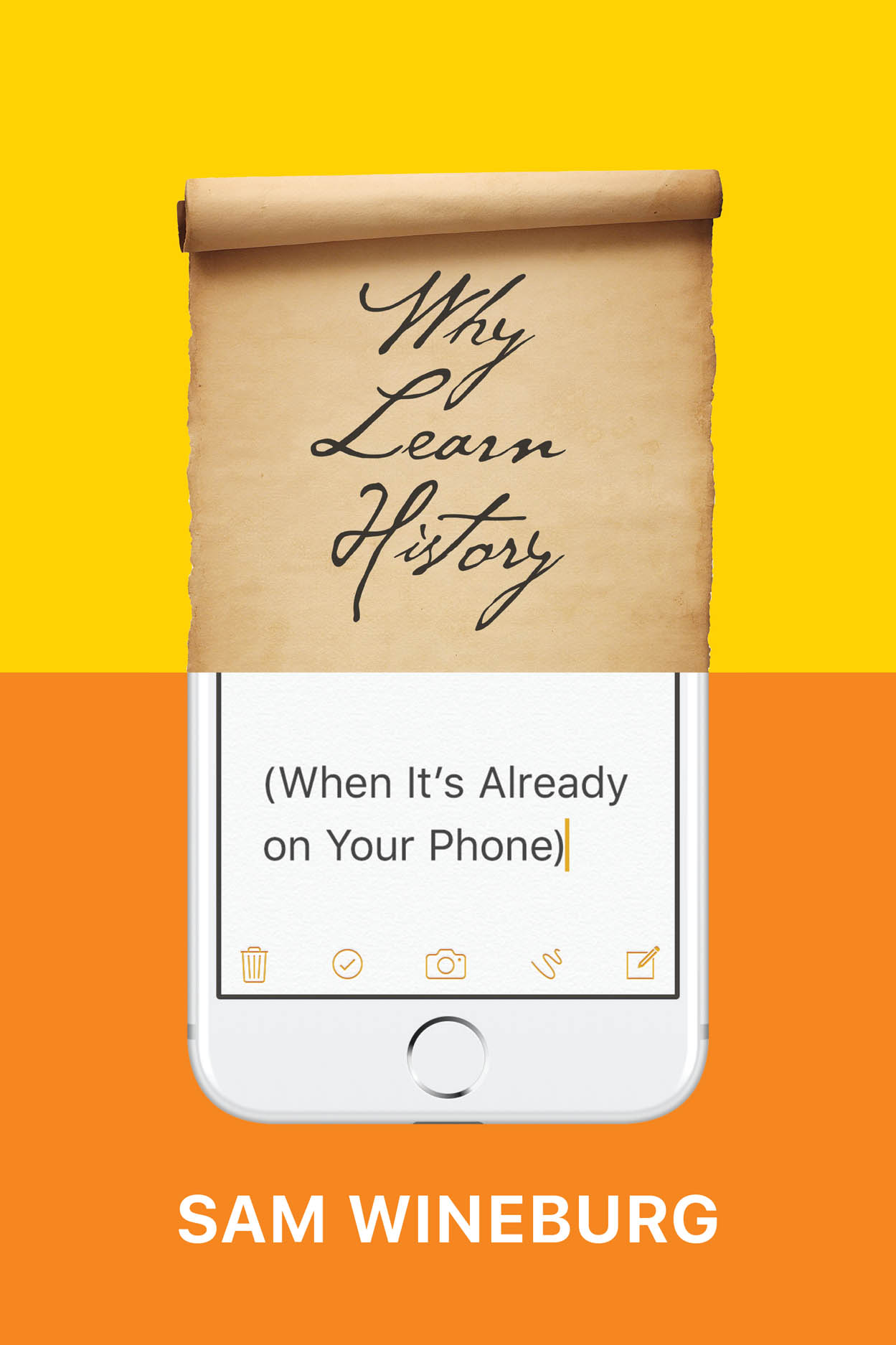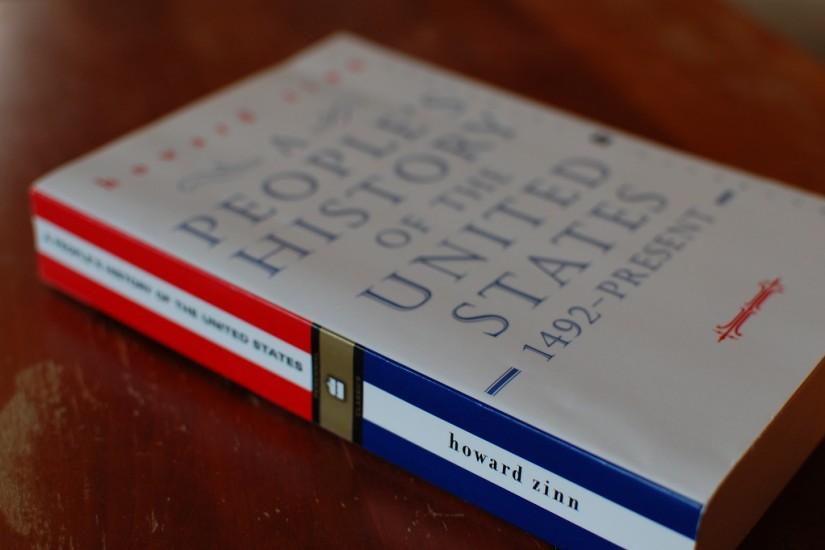In the 38 years since its original publication, A People’s History has gone from a book that buzzed about the ear of the dominant narrative to its current status, where in many circles it has become the dominant narrative. It shows up on college reading lists for economics, political science, anthropology, cultural studies, women’s studies, ethnic studies, Chicano studies, and African American studies courses, along with history. A People’s History (in its various editions and adaptations) remains a perennial favorite in courses for future teachers, and in some of these classes, it is the only history book on the syllabus.
In many ways, A People’s History and traditional textbooks are mirror images that relegate students to roles as absorbers, not analysts, of information—only at different points on the political spectrum. In a study that examined features of historical writing, linguist Avon Crismore found that historians frequently use qualifying language to signal the soft underbelly of historical certainty. However, when she looked at historians’ writing in textbooks, such linguistic markers disappeared. A search through A People’s History for qualifiers mostly comes up short. Instead, the seams of history are concealed by the presence of an author who speaks with thunderous certainty.
To be sure, A People’s History brings together material from movements that rocked the discipline during the 1960s and 1970s: working-class history, feminist history, black history, and various ethnic histories. Together, these perspectives blew apart the consensus school of the 1950s by showing the squishiness of interpretations that arose from varied “positionalities” toward historical events. However, while A People’s History draws liberally from such work, the book resolutely strikes a traditional pose toward historical knowledge. It substitutes one monolithic reading of the past for another, albeit one that claims to be morally superior and promises to better position students to take action in the present.
There is, however, one way that A People’s History differs from traditional history textbooks: It is written by a skilled stylist. Compared with the turgid prose of a typical textbook, Zinn’s muscular presence makes for brisk reading. It’s no surprise, then, that for many readers, A People’s History becomes not just a way to view the past, but the way. In You Can’t Be Neutral on a Moving Train, a documentary that loosely follows Zinn’s autobiography of the same name, an aspiring teacher, sporting a shock of red hair and a three-day scruff, explains why he came to hear Zinn lecture: “I want to teach the truth to my students someday, so that’s why I am here.”


